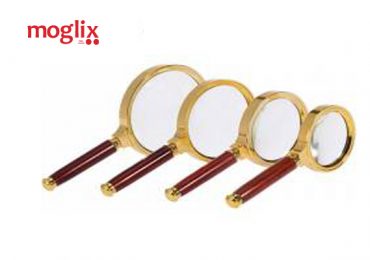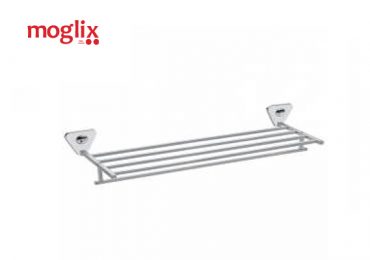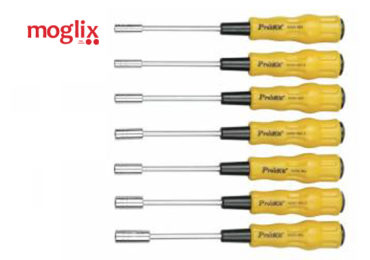In both the marketplace and the research arena, big changes are underway in solar energy. Look no further than mega-retailer Wal-Mart to better understand the landscape of solar energy. In recent years, Wal-Mart, thorough power-purchase agreements, has hired third-party developers to install, own, and operate solar systems on Wal-Mart rooftops. Today, Wal-Mart produces more solar energy today than the entire United States did in 1987.
The acceptance of solar energy as a viable contributor to the energy grid is still gradual. Both potential commercial and residential customers balk at price; however, industry date indicates that the price of solar panels has dropped 60 percent since 2011 while the overall price of an installation has dropped 30 percent. In England, starting this year, Ikea will offer solar panels for purchase from each of their stores. The individual consumer emerges as an important component in the solar energy landscape, but large-scale research initiatives are also paving the path of the future.
The solar marketplace is evolving and further improvements in solar technology will spur more growth. For example, conventional solar cells miss capturing the energy from all the electromagnetic spectrum. More specifically, since most solar cells capture only the infrared light to convert to electricity, the visible spectrum is lost as heat. In the past, thermophotovoltaic principles have been employed to attempt to convert light to heat. The thermal emitter consists of two parts, the first being a tungsten-based absorber that heats up when exposed to light. The emitter component takes that heat energy and uses it to output infrared light, which silicon semiconductor solar cells are already able to absorb. However, past attempts to capture the heat have proved less efficient than expected since the delicate thermal emitter structures performed poorly under high temperatures.
To overcome the delicate nature of the thermal emitters, a group of researchers led by teams at Stanford and the University of Illinois, are developing a new nano-material that better allows tungsten to act as a thermal emitter. The new process uses tungsten structures with a ceramic to add durability at high temperatures and is proving more efficient. Previously, raw tungsten absorption surfaces would break down at 1800 degrees Fahrenheit, but the nano-coated surfaces performed without issues for 12 hours at that temperature.
This approach to improving solar cells is appealing for a variety of reasons. Thermal emitters work with existing solar cell technology, making it simple to add them to existing systems. The researchers will continue evaluating other types of ceramics to further improve the heat tolerance of thermal emitters. As these new technologies develop, they migrate into the consumer marketplace and find their place in photovoltaic systems. Some experts forecast efficiency ratings of 80% when these new technologies are incorporated into traditional solar panels.
Research in solar energy is rapidly evolving. The lessons learned in the lab quickly find applications in the real-world. The newly minted products and processes are likely to find their way onto the shelves of Ikea and other retailers in the near future.
The author of this article, Mark Bradley, has been a teacher for the past 20 years, and specializing in solar panels for the past 8.
If you would like to read more, click here.








